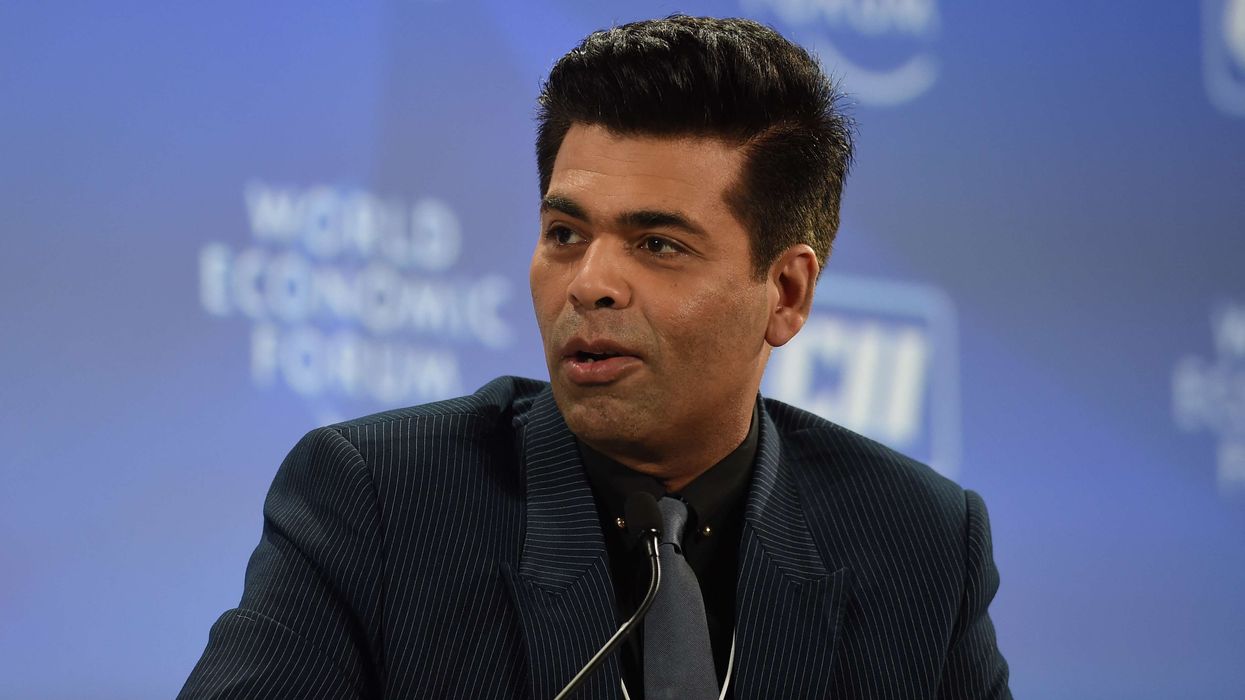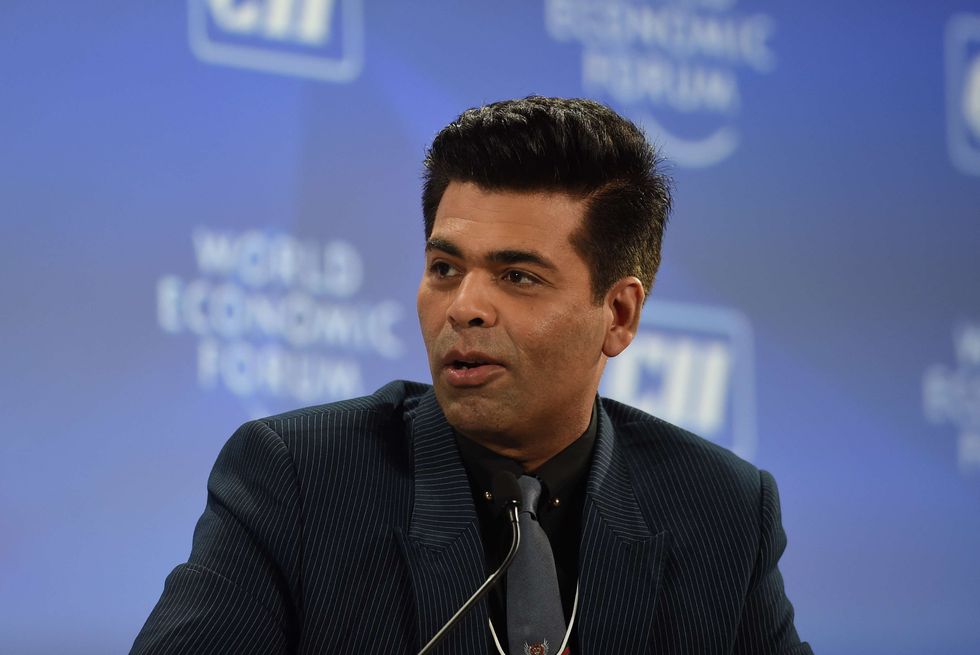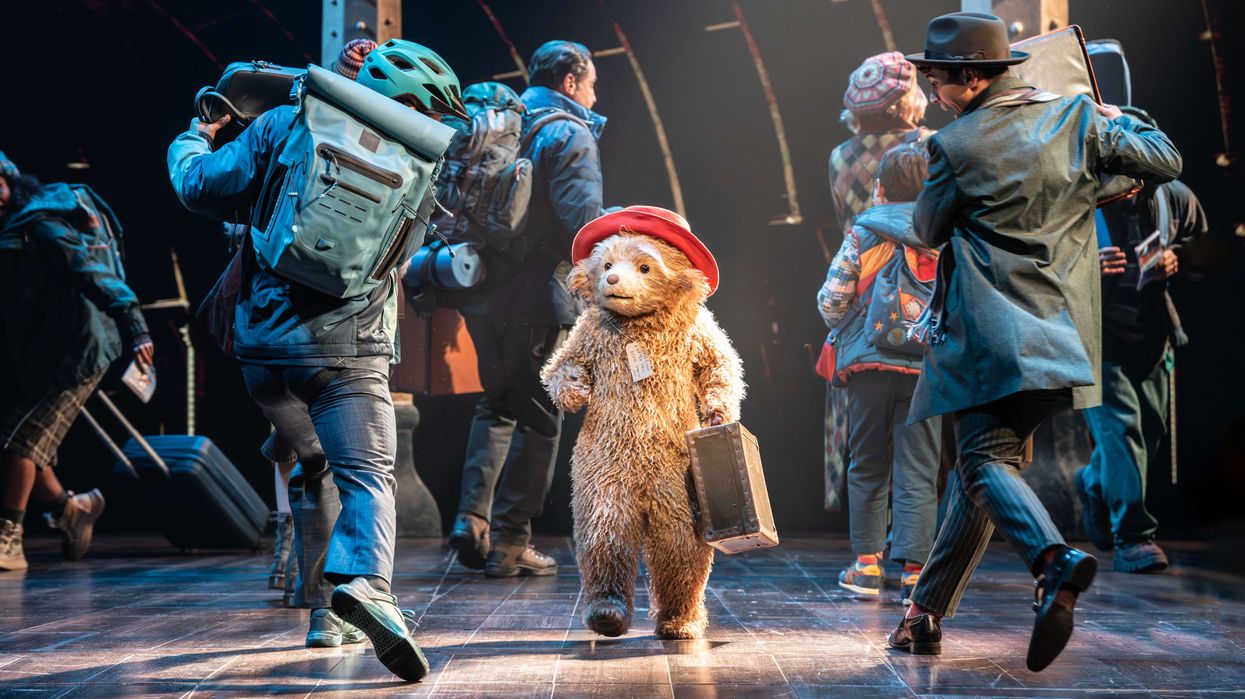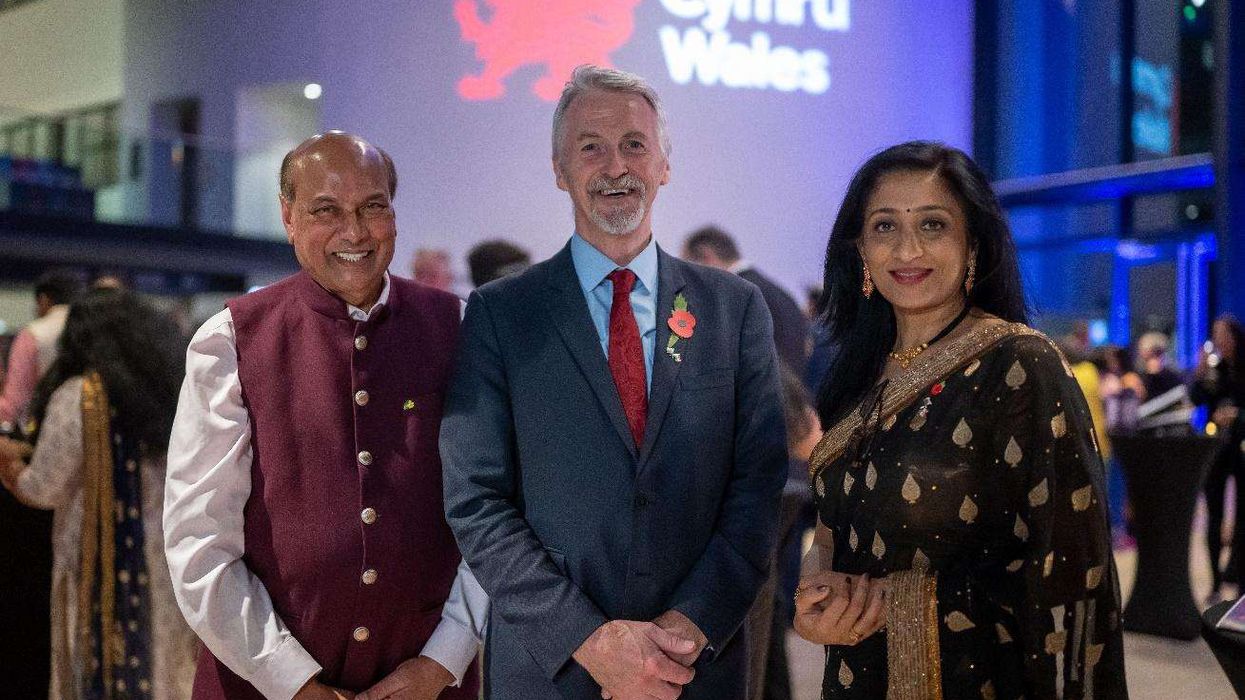AUTHOR turned award-winning filmmaker, Ram Kamal Mukherjee recently released his second Hindi film Season’s Greetings: A Tribute To Rituparno Ghosh, which is available now on ZEE5. Biographer of Hema Malini and Sanjay Dutt, he selected top 10 films that inspired him personally as a filmmaker.
Pather Panchali: Satyajit Ray’s cult classic is like a bible for any student of cinema. The eternal sibling story of Apu and Durga intrigues me for its simple, yet poetic narrative. The iconic scene of grandmother’s death and Sarbajaya beating Durga while Apu watches from behind, stayed with me like a permanent imprint. Almost like a tattoo in my brain. Ray’s Charulata, Nayak, Devi and Mahanagar also remain a few of my favourites.
Meghe Dhaka Tara: A classic made by Ritwik Ghatak, the noir filmmaker from Bengal. The anguish of a working lady Neeta played brilliantly by Supriya Choudhury is a guideline for filmmakers wanting to focus on narrative with symphony. Ghatak being a fine storyteller, created his own language. Ghatak’s classics Titas Ekti Nadir Naam and Bari Theke Paliye also remain as my favourites.
Sholay: As Shekhar Kapur rightly puts it, Indian cinema can be divided to Sholay AD and Sholay BC. Ramesh Sippy’s Indian take of Seven Samurai remains one of my favourites from mainstream Hindi cinema. It teaches how to create fascinating characters and make them believable at the same time. It created a background score that stayed with you forever. And, of course, Sholay was technically superior to films that came before it. Sholay talks about a working woman Basanti who rides a ‘tanga’ and also propagates widow remarriage in Radha and Jai’s love story.
Seeta Aur Geeta: My all time favourite film for its brilliant comic timing by Hema Malini, who actually took the film on her shoulder while mainstream heroes Sanjeev Kumar and Dharmendra played supporting roles. RD Burman created some amazing music and Hema Malini excelled as an all-round performer to become India’s first female superstar. The fascinating stories of how Ramesh Sippy convinced Hema to push the envelope inspired me in taking challenges when I work with my actors. While Bollywood was banking on heroes bashing goons, Sippy changed the trend by introducing a heroine in a double role, jumping, climbing and bashing brawny goons. This film has been remade in many languages in India, but none matched the charisma of Hema.
Children Of Heaven: Majid Majidi remains one of my most favourite filmmakers from contemporary cinema. If Ray’s Pather Panchali established the eternal bond between Apu and Durga, Majidi took the narrative a few notches ahead with his unadulterated narrative. Ali and Zahara would make you think about the world beyond malls and materials. The simplicity of a shoe, would mend your sole (pun intended) and that’s where he scores above Ray in the film. With no technical frills, Majidi managed to tell a gripping story and yet take it to the international audience, simply because he chose the language of the heart.
Devdas: Sanjay Leela Bhansali was probably the first Hindi filmmaker to bring about operatic cinema. Though the film was criticised and many felt that Bhansali ruined the creation of Sarat Chandra’s bestselling novel Devdas, I felt that it was a complete different take. Bhansali created his own world and set his own music. The theatrical drama, the larger than life narrative of an otherwise dull love story, inspired me to believe in your own vision. The world might not be with you, but if you know what you are making, then let the world wait for the magic to unveil. Of course, Bhansali’s Khamoshi and Black were also very special.
The Pursuit of Happyness: As New York Times rightly said, it was a realistic ‘fairy tale’ by Gabreile Muccino. The father and son bond has never been so realistic and artistic since Charlie Chaplin’s The Kid. Lead actor Will Smith as Chris Gardner made me emotional as
screenplay writer Steven Conrad weaved the plot around a homeless salesman. Will had an uncanny resemblance with Nana Patekar’s
character from the film Thodasa Roomani Ho Jayen. I feel that it was Will’s career best performance, while young Jaden Smith stole my heart with his innocence.
The Devil Wears Prada: Of course, I had to include my ever favourite Meryl Streep, who is a self help book for all actors wanting to make a living out of this profession. I would give credit to director David Frankel for being able to bring the best out of Anne Hathaway and Streep in an otherwise superfluous script that talks about a materialistic world, and occasionally peeps into the ugly faces behind the designer garb. Though I personally feel I need a separate column to list my top 10 films of Streep, as she cannot be justified with just one.
The Taste Of Cherry: Abbas Kairostami’s Persian classic will always remain one of the most heart-touching tale of a middle-aged Tehranian man, Mr Badii (outstanding performance by Homayoun Ershadi), who plans to kill himself and reaches out to people to bury him after his demise. Driving around the city, the seemingly well-to-do Badii meets numerous people, including a student, asking them to take on the job, but has little luck initially. Kiarostami’s willingness to accept silence, passivity, a slow pace, deliberation and inactivity, might test the patience of viewers. But if you open yourself to the existential dilemma of the main character, then you will sense the film’s greatness.
Ijazaat: This poetry onscreen remains my favourite Gulzar film. Though I also love his films Kinara, Meera and Khushboo, and feel that they are equally good, as he worked with his and mine favourite Hema Malini. But Ijazaat wins me over for sheer simplicity and winning performances by Rekha and Naseeruddin Shah. It also had magical, melodious songs like the award-winning Mera Kuch Samaan. I have no qualms in admitting that I draw my inspiration from Gulzar. He reminds me of legendary filmmakers Bimal Roy, Hrishikesh Mukherjee and Basu Chatterjee, who would only focus on telling a good story.





 Dharma Productions scouts fresh faces after 500 auditions Getty Images
Dharma Productions scouts fresh faces after 500 auditions Getty Images 






